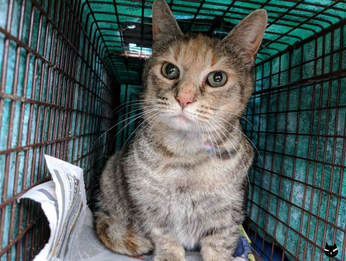 February 27th is World Spay Day, an international day to encourage the spaying and neutering of companion animals. Spaying or neutering a cat is the simplest and most effective way a person can help prevent cat overpopulation. Alley Cat Rescue (ACR) offers a Cheapfix clinic to members of the public to sterilize and provide a rabies vaccination for cats. The Cheapfix clinic provides a low-cost option for people who want to trap-neuter-return feral cats or have their companion animal sterilized. Kitten season is around the corner and ACR has ramped up its clinic from once a month to once a week in preparation. Spring is referred to as “kitten season” because of the high influx of kittens brought into shelters during this season. This intake follows the cats’ breeding cycle beginning in March in the Western Hemisphere. Many kittens are born outside to feral cats and can face euthanasia when brought to local shelters. Low-cost clinics prevent kittens from being born to an uncertain fate. In addition to ACR’s once a week Cheapfix clinics, we will also be offering a clinic on February 27th to spay/neuter 15 cats in honor of World Spay Day. The fee has been reduced to $20 for a spay/neuter surgery and rabies vaccination for a feral cat. We rely on compassionate people such as yourself to continue to offer these services. Get involved on World Spay Day and donate to ACR here to help us continue to offer these vital services!
1 Comment
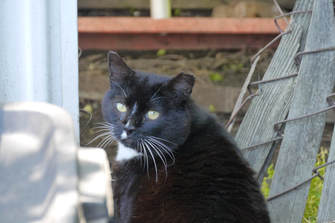 Of all the zoonotic diseases, rabies is one of the most feared and misunderstood. Many discussions on rabies in the United States focus on feral cats; which misrepresents the issue, because studies show the main transmission of rabies to humans is from bats. The recent case of the 6-year-old boy dying in Florida after being scratched by a rabid bat illustrates the risk bats can pose. Bats are vital to our ecosystems as pollinator species and we should work to protect them and others from rabies. Since the 1980s, the vast majority of human cases of rabies in the United States and Canada were from bats[1]. Bats and other species such as raccoons, skunks, and foxes are referred to as vector species, because they are the most common rabies carriers and pass the disease onto others. The Centers for Disease Control (CDC) reported 23 cases of rabies in humans in the United States and Puerto Rico from January 2008-September 2017. Eleven of these cases were from bats and zero of these cases were from cats[2]. The risk of contracting rabies from bats may increase over time as climate change affects their range areas. As the temperatures get warmer, bats will expand their range, bringing the disease with them[3]. A study of over 200,000 bats found that 6-7% had rabies[4]. Rabies is a potentially fatal disease and our government should employ a robust, nonlethal program to combat rabies from bats. Bats make up 20% of the world’s mammals and are instrumental to the functioning of our ecosystems[5]. Similar to feral cats, efforts to eliminate rabies by killing bats would not only be cruel, but also ineffective, costly, and difficult to implement. Nonlethal control has proven to be more effective over the long term. Furthermore, programs to address climate change will help reduce the spread of rabies and will improve the overall health of our planet. Alley Cat Rescue advocates for a three-step approach to nonlethal rabies control: 1. Implement widespread oral-vaccine immunization barriers for key wildlife vector species, primarily raccoons and skunks. 2. Continue to research rabies vaccines for bats[6]. 2. Educate the public on steps to minimize human risk from contracting rabies from wildlife, including vaccinating outdoor cats and dogs and reporting sick bats to wildlife groups or the local health department. (Do not kill bats indiscriminately. They are a vital asset to our environment.) 3. Recognize and support the vaccination and nonlethal management of feral cat colonies as an effective and important part of a comprehensive rabies (and population) control program. [1] De Serres, G., Dallaire, F., Cote, M. & Skowronski, D.M. (2008). Bat Rabies in the United States and Canada from 1950 through 2007: Human Cases with and without Bat Contact. Clinical Infectious Diseases, 46(9), 1329-1337. [2] “Human Rabies.” N.d. Retrieved from https://www.cdc.gov/rabies/location/usa/surveillance/human_rabies.html. [3] Bazilchuk, N. (2005). “Warmer Weather May Bring Bats and Rabies.” Frontiers in Ecology and the Environment, 3(9), 464. [4] Patyk, K., Turmelle, A., Blanton, J.D. & Rupprecht, C.E. (2012). “Trends in national surveillance data for bat rabies in the United States: 2001-2009.” Vector-Borne and Zoonotic Diseases, 12(8), 666-673. [5] “Arizona’s Bats”! N.d. Retrieved from https://www.sierraclub.org/sites/www.sierraclub.org/files/sce/grand-canyon-chapter/conservation/Bats%20and%20climate%20change.pdf. [6] Stading, B., Ellison, J.A., Carson, W.C., Satheshkumar, P.S. & Rocke, T.E. (2017). “Protection of bats (Eptesicus fuscus) against rabies following topical or oronasal exposure to a recombinant raccoon poxvirus vaccine.” PLoS Neglected Tropical Diseases, 11(10), e0005958.
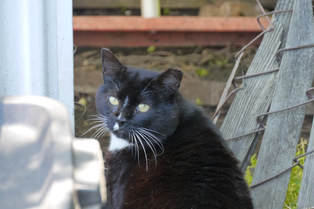 Nearly one million healthy cats and kittens are euthanized annually at shelters across the country. Of these healthy cats, feral cats often face the bleakest outcome. This is because feral cats are born and raised in the wild and are generally unsocialized towards people. Feral cats are not good candidates for adoption; they often hide in the back of their cages and do not seek affection from people. Thankfully, trap-neuter-return (TNR) provides an answer to a near certain death for feral cats. TNR involves trapping the cats, providing them with spay/neuter surgery and vaccinations, and returning them where they were found outside. The cats are ear-tipped to identify those who have gone through the TNR process. TNR’d cats will have a colony caregiver who will provide them with continued food, water, and veterinary care. This method humanely handles cat overpopulation, while allowing the cats to live out their lives. TNR acknowledges that feral cats are unsuitable for indoor living and at the same time, helps shelters reduce their intake and euthanasia rates. Furthermore, the number of cats living in outdoor colonies will decrease over time because the cats can no longer reproduce. TNR is not only the most humane option but the most practical. Trap-and-kill plans have proven to be ineffective because these plans do not address the root problem of reproduction. A study in Tasmania found that killing feral cats actually led to an increase in population. Researchers stated that this was probably due to new individuals taking over the area after dominant cats were removed[1]. TNR is also much less costly than trap-and-kill plans. One reason TNR is more cost-effective is because it reduces shelter intake and shelter euthanasia, saving local governments’ time and resources. Lastly, TNR also helps curb problem behaviors such as wandering, howling, spraying, and fighting that eradication plans do not address; again, because TNR focuses on reproductive/mating issues. TNR Reduces Shelter Intake and Euthanasia Rates
TNR Reduces Colony Size
[1] Lazenby, B.T., Mooney, N.J. & Dickman, C.R. (2015). Effects of low-level culling of feral cats in open populations: a case study from the forests of southern Tasmania. Wildlife Research, 41(5), 407-420. [2] Scott, E. (January 19, 2012). Trap, Neuter, Return Program Decreases Homeless Feral Cat Population. Retrieved https://springfield.wusa9.com/news/news/89821-trap-neuter-return-program-decreases-homeless-feral-cat-population. [3] Trap-neuter-return. (n.d.). Retrieved from http://www.faastexas.org/. [4] Levy, J.K., Isaza, N.M. & Scott, K.C. (2014). Effect of high-impact targeted trap-neuter-return and adoption of community cats on cat intake to a shelter. The Veterinary Journal, 201(3), 269-274. [5] Cleveland, C. (March 24, 2017). FOTAS: ‘Rigorous’ community cat diversion program solution to shelter intake issue. Retrieved from https://www.aikenstandard.com/news/fotas-rigorous-community-cat-diversion-program-solution-to-shelter-intake/article_77140b66-0f1a-11e7-a197-af86f1a48d73.html. [6] Edinboro, C., Watson, H. & Fairbrother, A. (2016). Association between a shelter-neuter-return program and cat health at a large municipal animal shelter. Journal of the American Veterinary Medical Association, 248(3), 298-308. [7] Levy, J. K., Gale, D.W., and Gale, L.A. (2003). Evaluation of the effect of a long-term trap-neuter-return and adoption program on a free-roaming cat population. Journal of the American Veterinary Medical Association 222(1), 42-46. [8] Hughes, K.L. & Slater, M.R. (2002). Implementation of a feral cat management program on a university campus. Journal of Applied Animal Welfare Science, 5(1), 15-28. [9] Trap-Neuter-Return. (n.d.). Retrieved from http://www.feralcats.com/tnr/. [10] Natoli, Eugenia, et. al. (2006). Management of Feral Domestic Cats in the Urban Environment of Rome (Italy). Preventative Veterinary Medicine, 77, 180-185. |
Details
AuthorAlley Cat Rescue is leading in the way in promoting humane and compassionate care for ALL cats. Archives
April 2024
Categories
All
|
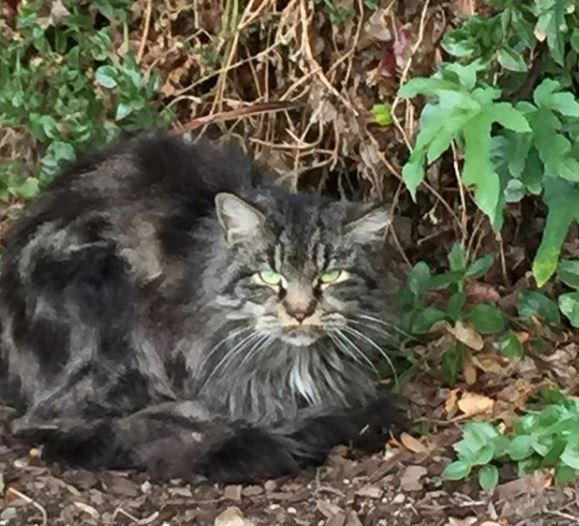
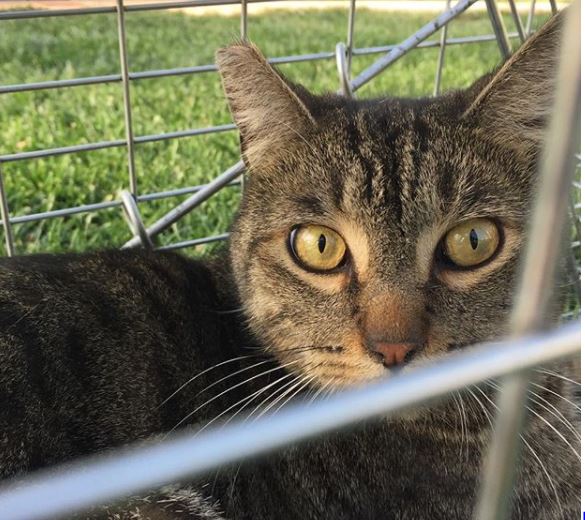
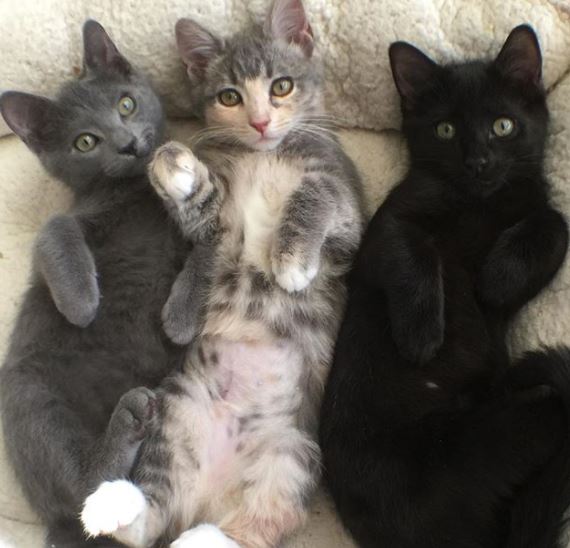
 RSS Feed
RSS Feed